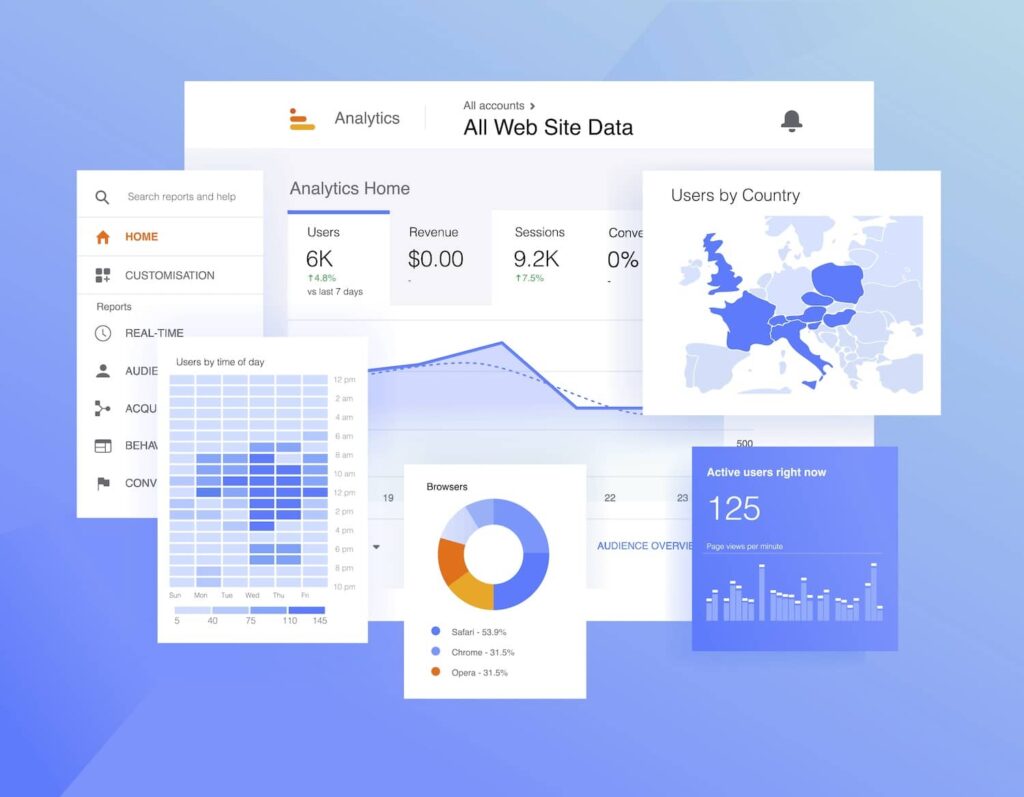Unveiling the Influence of Additional Measurement in Google Analytics on Information Evaluation and Insights
In the world of information analytics, the use of second dimensions within Google Analytics has actually arised as an essential tool for removing deeper insights and unraveling facility patterns that could otherwise remain covered. By peeling off back the layers of main data sets, secondary dimensions supply a nuanced point of view that enhances the understanding of customer actions, internet site performance, and the effectiveness of advertising strategies.
Discovering the Concept of Additional Dimensions
Secondary dimensions in Google Analytics offer extra insights by permitting users to assess key data in conjunction with a second feature. By incorporating additional measurements, individuals can delve deeper into the data and discover important relationships that might or else go unnoticed - what is a secondary dimension in google analytics.
By exploring the various additional measurements readily available in Google Analytics, users can open new understandings and optimize their digital advertising and marketing efforts. In significance, additional measurements offer as an effective device for boosting data analysis and driving workable results.
Enhancing Information Analysis With Secondary Measurements
Having actually developed the foundational understanding of second dimensions in Google Analytics and their pivotal role in data analysis, the focus currently shifts towards leveraging these second features to enhance the analysis of analytics data (what is a secondary dimension in google analytics). By including secondary dimensions into information evaluation, experts can obtain much deeper understandings right into individual habits, internet site efficiency, and advertising and marketing effectiveness

Additionally, second dimensions aid in contextualizing primary data metrics by providing additional layers of info. This contextualization aids in comprehending the 'why' behind the information trends, assisting analysts make educated optimizations and choices to boost total performance. Eventually, including additional measurements enhances the information analysis process, bring about even more strategic activities and purposeful insights.
Revealing Hidden Insights With Additional Measurements
Discovering the depths of analytics data with second dimensions exposes beneficial insights that would or else continue to be covered. By incorporating second measurements in Google Analytics, services can uncover hidden patterns, patterns, and correlations that give an even more detailed understanding of individual actions and web site performance. These added layers of data enable experts to dig deeper into the main dimensions, such as web traffic resources or touchdown web pages, and gain a much more nuanced point of view on just how various variables engage with each various other.
With the use of additional dimensions, experts can sector and contrast data throughout numerous measurements, allowing them to identify particular variables that affect user engagement, conversion prices, and total success metrics. By matching the main measurement of 'device category' with the additional dimension of 'age group,' online marketers can determine which age demographics prefer accessing the internet site via mobile devices index versus desktops.
Leveraging Second Measurements for Actionable Analytics
Structure upon the insights unveiled with secondary measurements in Google Analytics, organizations can currently harness this enriched information landscape to drive workable analytics and strategic decision-making. By leveraging second dimensions, companies can dive much deeper right into their information to extract beneficial patterns, patterns, and relationships that might have formerly gone undetected. This deeper level of analysis allows services to acquire an extra extensive understanding of customer actions, campaign performance, and overall web site performance.
One key benefit of making use of second dimensions for actionable analytics is the capacity to sector information based on specific requirements. This division permits businesses to tailor their projects and techniques to different audience teams, resulting in a lot more targeted and effective advertising and marketing efforts - what is check my site a secondary dimension in google analytics. Additionally, secondary measurements supply a more holistic sight of customer communications, enabling businesses to maximize their web site material, design, and total customer experience
Making The Most Of Decision-Making With Additional Measurements
To improve tactical decision-making in analytics, leveraging second measurements in Google Analytics can supply a much more nuanced perspective on individual habits and project performance. By including second dimensions into data evaluation, businesses can delve much deeper into the specifics of their site site visitors' interactions and involvement patterns. This additional layer of info permits for an extra comprehensive understanding of exactly how different variables, such as demographics, tools, or website traffic sources, influence essential efficiency signs.

Conclusion
To conclude, the use of secondary measurements in Google Analytics plays a critical function in improving data analysis and revealing covert understandings. By discovering this principle, one can gain a much deeper understanding of customer actions and make educated choices based on workable analytics. Leveraging additional dimensions permits a more detailed interpretation of information and takes full advantage of the performance of decision-making processes.
